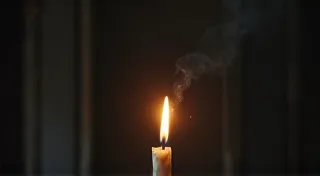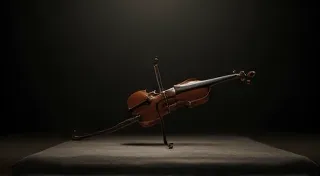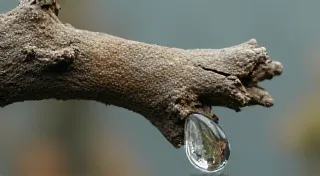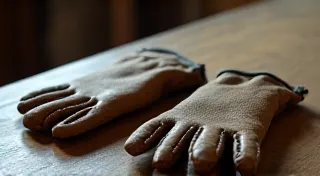The Subtle Art of Knowing: Identifying Regional Styles in Antique Knitting Needle Craftsmanship
There’s a quiet intimacy to holding an antique knitting needle. It’s more than just wood or bone, more than just a tool; it’s a tangible connection to a time when handmade was the norm, when the rhythm of needles clicking and yarn flowing was a soundtrack to daily life. For years, I’m drawn to the echo of those hands, those lives intertwined with the simple act of creation. And as a collector, the true fascination isn't just acquiring these objects, but understanding where they came from, who crafted them, and the story embedded within their form.
Unlike porcelain figurines or grand furniture pieces, antique knitting needles aren’t often marked with makers’ names. Their provenance is whispered in the grain of the wood, the shape of the taper, the specific type of ornamentation – or lack thereof. Identifying the regional styles of these textile tools is a subtle art, a process of observation, comparison, and a deep appreciation for the nuances of craftsmanship. It's a journey into a world of regional variations, influenced by available resources, local traditions, and the aesthetic sensibilities of different communities.
Let’s start with the materials. Wood was, of course, the most common choice. Different regions favored different species, leading to distinctive characteristics. In Scandinavia, particularly Sweden and Norway, birch and Rowan were frequently utilized. These woods offered good strength and a pleasing pale color, often left unvarnished to highlight their natural beauty. The grain patterns were often celebrated, not obscured, speaking to a respect for the raw material. Conversely, in parts of England and Ireland, where darker woods like yew and apple were more readily available, needles often showcased a richer, deeper tone. The choice of wood wasn't arbitrary; it reflected what was accessible, sustainable, and aesthetically pleasing within a specific locale.
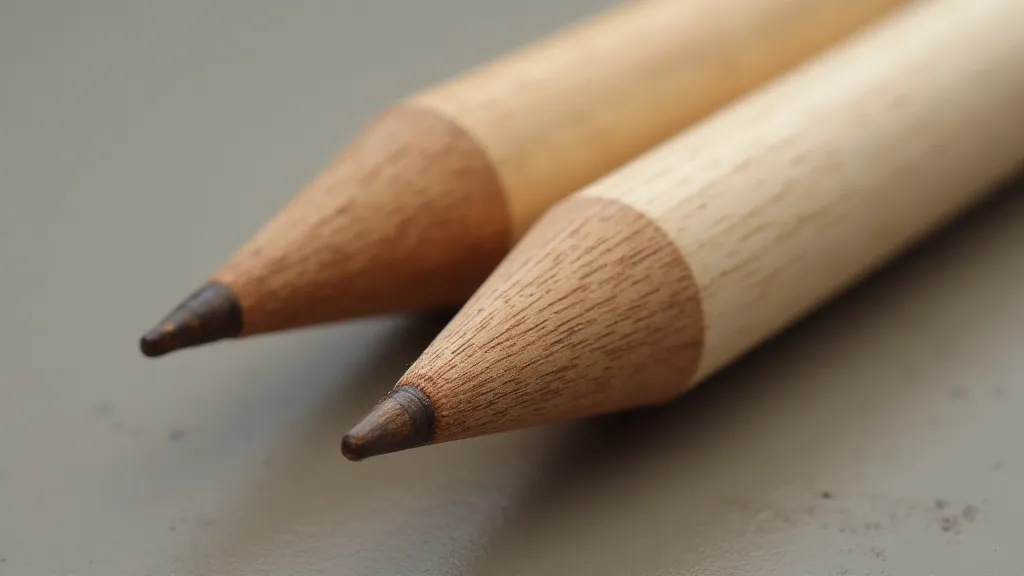
The Geometry of a Region: Needle Shape and Taper
Beyond the type of wood, the shape of the needle itself provides invaluable clues. Consider the English “bell needles,” a distinctly regional variation popular from the 18th to the early 19th centuries. These needles were wider at the working end, resembling a bell shape. The wider end facilitated the use of complex lacework patterns, and their prevalence in specific areas of England—especially around Nottingham and Devon—is a clear indicator of regional knitting traditions. They’re beautifully balanced in the hand, and holding one evokes a sense of connection to a specific craft history.
Further north, in Scotland and parts of Ireland, a different style emerged – often long and slender, with a more dramatic taper towards the point. The long length was ideal for working with the thick, woollen yarns commonly produced in those regions, designed to knit sturdy, practical garments. The taper was often more abrupt than those found in England, reflecting a utilitarian approach to design – form following function.
The taper itself is telling. A gentle, gradual taper usually indicated a more refined craftsmanship, often found in wealthier areas where artisans had the time and resources to devote to intricate details. A more abrupt taper, while perfectly serviceable, often points to a more rustic, rural origin. It’s the difference between a finely tailored suit and a homespun shirt – both serve the same purpose, but one reflects a heightened level of artistry.
Ornamentation: A Quiet Language
While many antique knitting needles were left unadorned, some display subtle ornamentation that offers further insight into their origins. In Germany and Austria, particularly in regions influenced by Baroque design, small carvings – delicate floral motifs or stylized animals – were occasionally incorporated into the handles. These carvings were typically quite small, never detracting from the needle’s functionality, but adding a touch of elegance and individuality.
Interestingly, in some areas of Eastern Europe, particularly in Poland and Ukraine, bone and horn were frequently utilized, often adorned with simple incised patterns or subtle ribbing. The use of bone and horn was likely dictated by the availability of materials, but the patterns themselves reflected local decorative traditions – geometric designs reminiscent of folk art.
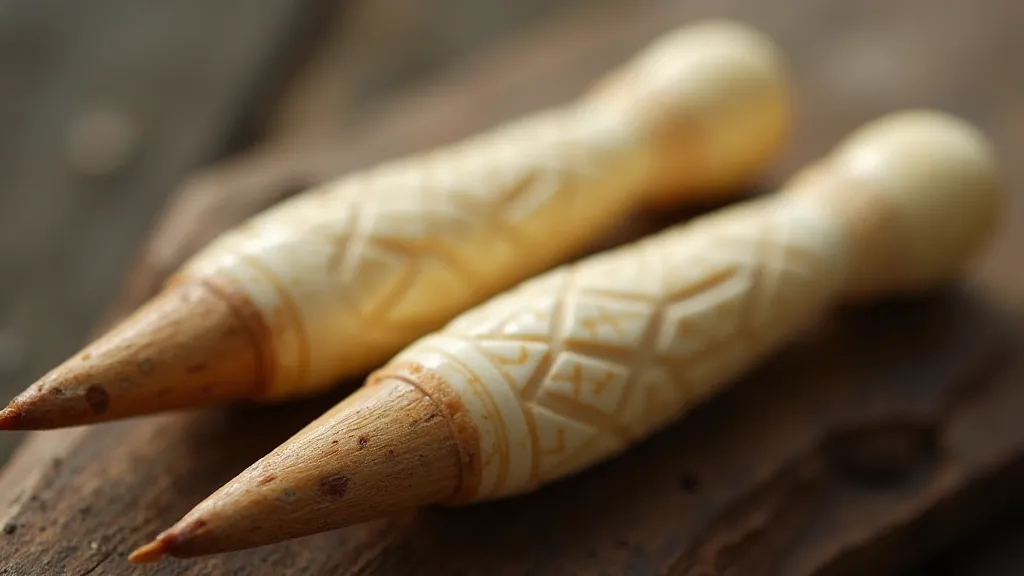
The Influence of Trade and Migration
Of course, identifying regional styles isn’t always straightforward. Trade routes and patterns of migration played a significant role in the spread of knitting techniques and tool designs. A needle found in England might have been crafted by a German immigrant, or an Irish needle might have been influenced by Scottish design. It’s a fascinating puzzle, requiring careful consideration of all available evidence.
For example, the influence of the Industrial Revolution further complicates the picture. As knitting needles were increasingly mass-produced, distinctive regional characteristics began to diminish. Early mass-produced needles often attempted to mimic the styles of handcrafted tools, but the subtle nuances of regional craftsmanship were often lost.
Beyond the Tool: A Connection to the Hands
The true joy of identifying antique knitting needles lies not just in the knowledge gained, but in the deeper connection it fosters with the past. Each needle represents a moment in time, a link to a craft tradition, a testament to the skill and ingenuity of the hands that shaped it.
I recall finding a pair of simple, unvarnished Rowan needles at a flea market in Sweden. They were unremarkable in appearance, but as I held them, I felt a profound sense of connection to the women who had used them before me – women who had likely knitted warm socks for their children, sturdy sweaters for their husbands, and intricate lace for special occasions. Those needles weren't just tools; they were conduits to a shared human experience.
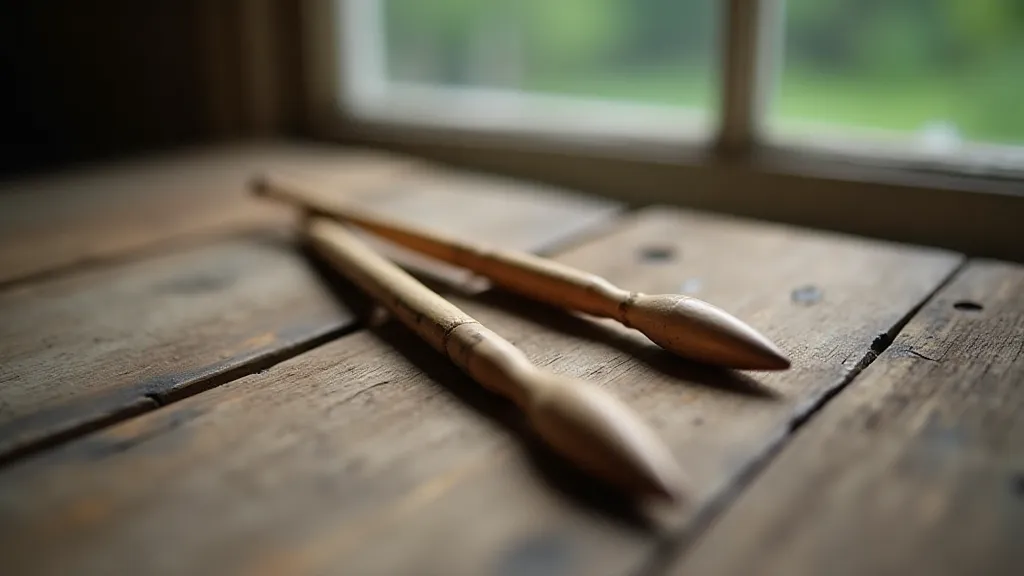
Preserving the Echoes of the Past
When collecting or restoring antique knitting needles, it's essential to approach them with respect and care. Resist the urge to “improve” them – the beauty lies in their authenticity. Clean them gently with a soft cloth, and avoid using harsh chemicals. Allow them to tell their story, and appreciate the quiet dignity of a craft tradition that has endured for centuries. By understanding the subtle art of knowing, we can not only identify the origins of these treasures but also keep the echoes of those hands—those lives—alive for generations to come.

